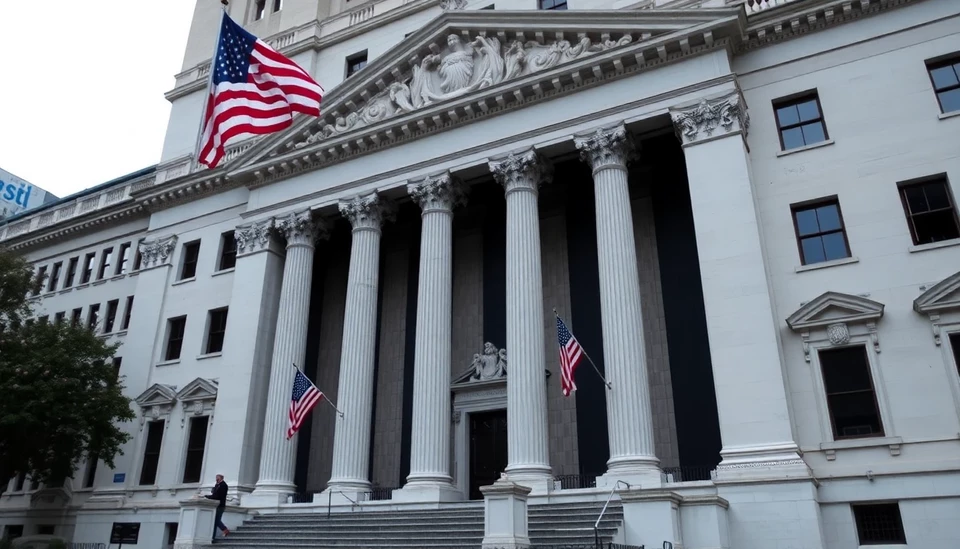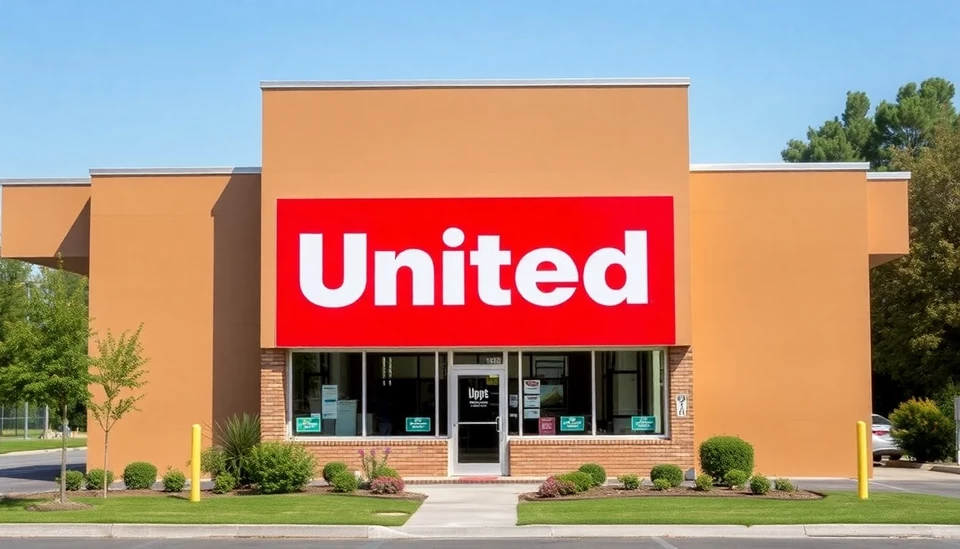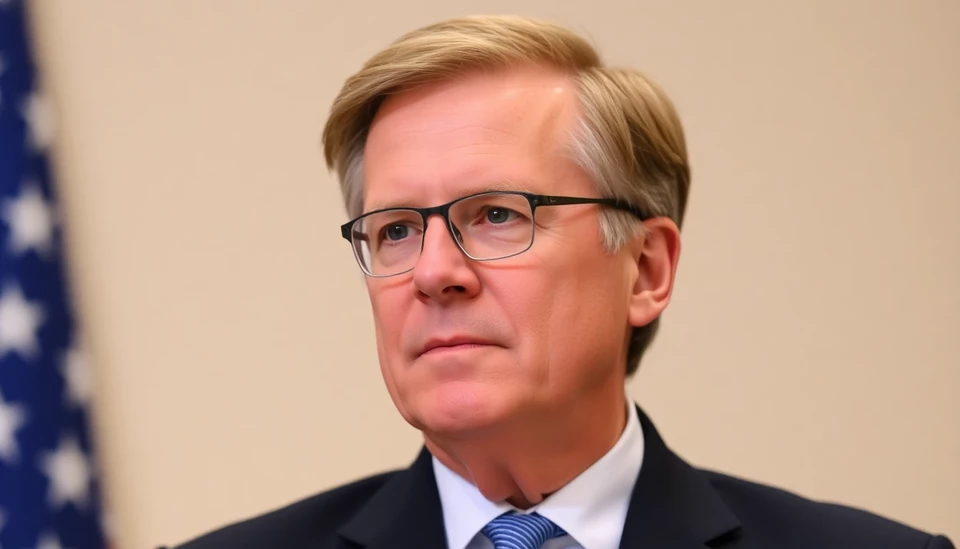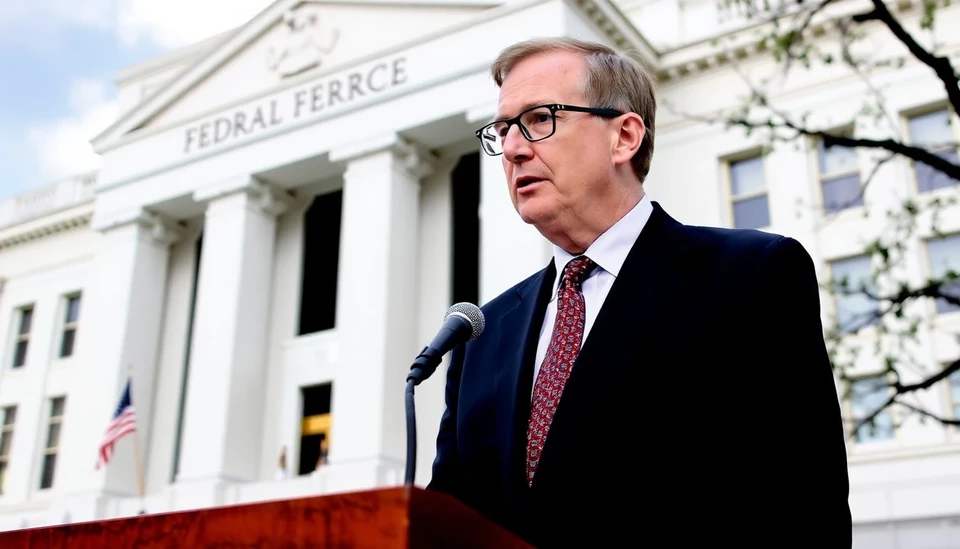
In a recent analysis of the U.S. borrowing landscape, borrowing costs appear to be moving in a favorable direction. Nevertheless, this positive outcome stems from reasons that may not align with genuine economic health. The current climate is marked by a complex interplay between market dynamics and policy measures that are introducing both opportunities and challenges for borrowers and investors alike.
With a significant focus on interest rates and their broader implications, analysts have pointed to the recent decline in U.S. Treasury yields as a pivotal factor influencing borrowing costs. It’s evident that many borrowers are benefiting from lower rates, which have theoretically made loans cheaper. This has sparked a wave of optimism in some sectors, suggesting potential footholds for economic recovery.
However, experts underline that the circumstances leading to these reduced borrowing costs might not tell the full story of American economic resilience. For instance, the underlying reasons include fears surrounding economic slowdowns, inflationary pressures, and the Federal Reserve’s prolonged battle against combating rising prices. Many believe that while the fall in rates presents an appealing short-term advantage, it also indicates underlying vulnerabilities within the economy.
One major point of contention among analysts is that these favorable borrowing costs may disproportionately help certain sectors over others. For example, while corporations and high-net-worth individuals can tap into these lower rates effectively, smaller businesses or first-time homebuyers may not have the same privileges due to stricter lending practices or financial barriers. This exacerbates existing inequalities within the economic framework.
In response to the current financial climate, investors are becoming increasingly wary of how long these low borrowing costs can last. The prevailing sentiment is that while they are attracted to the notion of cheaper loans, the prospect of rising inflation and subsequent interest rate hikes remains a persistent threat that could destabilize the markets in the future. Without a robust framework for sustainable growth, many fear that the current borrowing advantages could evaporate as quickly as they arrived.
Consequently, the crucial metric for determining the stability of these borrowing costs lies in balancing economic indicators such as employment rates, consumer spending, and inflation trends. Analysts emphasize the importance of closely monitoring these elements as they will dictate whether the country can bolster sustainable growth amid fluctuating borrowing costs.
As the U.S. continues to navigate this intricate economic landscape, both borrowers and investors must remain vigilant, understanding that while the present may seem favorable, the road ahead will require strategic adaptability and careful planning to mitigate potential fallout from inevitable market changes.
In summary, while the current drop in U.S. borrowing costs presents opportunities, it is essential to approach the situation with caution. The economic foundation needs to be assessed continually to ensure it supports a genuinely robust recovery rather than a temporary reprieve from systemic issues.
#USBorrowingCosts #Economy #InterestRates #FinancialAnalysis #EconomicRecovery
Author: Laura Mitchell




